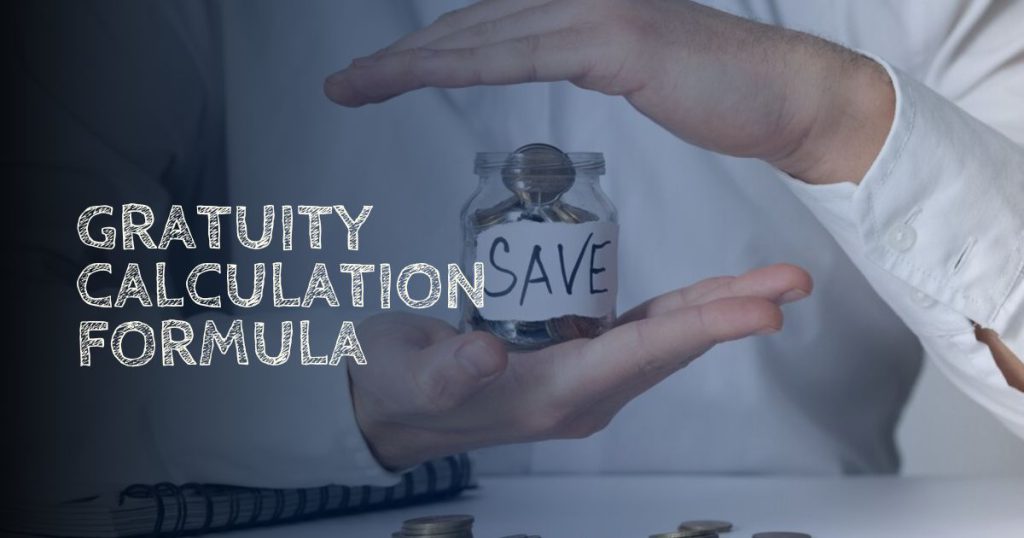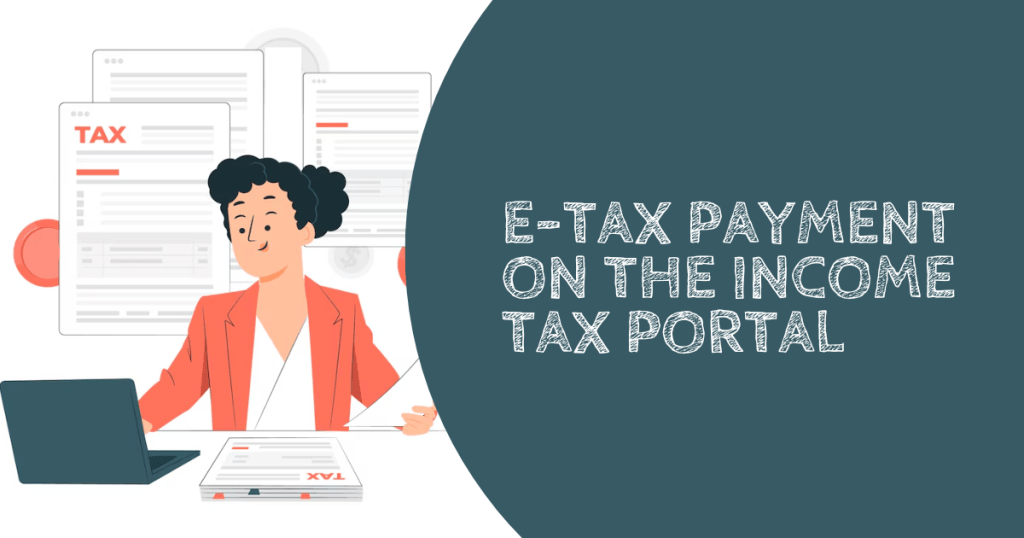Clause 44 of Tax Audit Report in Form 3CD requires auditors to provide a detailed breakup of the total expenditure incurred by an entity, particularly focusing on the portion of the expenditure that involves registered and unregistered entities under the Goods and Services Tax (GST) regime.

Here’s a more detailed breakdown of the requirement:
Breakup of Total Expenditure
Clause 44 of Tax Audit Report requires an entity to report the total amount of expenditure incurred during the year, bifurcated into categories based on GST registration and compliance status of the vendors or entities involved. The disclosure under Clause 44 should include the following:
Total Amount of Expenditure (Column 1)
The total expenditure incurred during the year for all types of goods and services purchased by the entity.
Expenditure related to Registered Entities under GST
Expenditure related to GST-registered entities under Composition Scheme (Column 2)
This includes the total amount of expenditure incurred for purchases made from suppliers who are registered under the Composition Scheme of GST. The Composition Scheme is a simplified tax compliance regime where small taxpayers can pay GST at a flat rate without availing input tax credit.
Expenditure related to Other GST-registered Entities (Regular Scheme) (Column 3)
This includes the total amount of expenditure incurred for purchases from entities registered under the Regular GST Scheme (not Composition Scheme). The taxpayer is required to provide a detailed summary of the expenditure made to vendors registered under the regular GST scheme, where input tax credits can typically be claimed.
Expenditure related to Unregistered Entities under GST (Column 4)
This refers to the total amount of expenditure incurred with vendors or suppliers who are not registered under the GST regime. These are typically smaller businesses or suppliers who have opted not to register under GST due to lower revenue thresholds or for other reasons.
Structure of Reporting
The reporting under Clause 44 of Tax Audit Report generally follows the structure below:
| Nature of Expenditure | Total Amount of Expenditure | Expenditure in respect of entities registered under GST | Expenditure relating to entities not registered under GST |
| Relating to entities registered under composition scheme | Other than composition scheme | ||
| Expenditure 1 | XXXX | XXXX | XXXX |
| Expenditure 2 | XXXX | XXXX | XXXX |
Purpose of Clause 44
The main objectives behind this clause include:
Enhanced Transparency
This clause promotes greater transparency regarding GST compliance by entities and their vendors. It helps tax authorities assess the extent to which businesses are engaging with GST-registered vendors and how much of their purchases are from non-registered suppliers.
Better Compliance
By obtaining detailed breakup of expenditures, authorities can track if there is proper GST compliance, particularly in terms of claiming input tax credits and ensuring that tax liability is correctly calculated based on the registered and unregistered status of vendors.
Facilitate Audits
During a tax audit, it helps auditors identify discrepancies in GST compliance and ensures that businesses are adhering to the rules laid out in GST regulations.
Practical Challenges and Deferrals
Due to the detailed nature of this clause, many businesses and auditors have faced difficulties in obtaining the necessary data, particularly from older financial records.
As a result, the implementation of Clause 44 has been deferred multiple times by the Central Board of Direct Taxes (CBDT). The deferral was granted to give taxpayers and auditors sufficient time to prepare for this extensive reporting requirement.
As of now, the requirement for Clause 44 is still under review and might be implemented in the future with further clarifications from the tax authorities. Taxpayers should stay updated with the latest notifications from the Income Tax Department regarding this clause.
Important Notes
GST Registered Entities: These include entities that are registered under the Goods and Services Tax (GST) Act, either under the regular scheme or under the composition scheme.
GST Unregistered Entities: These include vendors or suppliers who are not registered under the GST Act, which may happen if their annual turnover is below the prescribed limit.
If Clause 44 is implemented, businesses need to maintain detailed records of their expenditure, including details about the GST status of their vendors.

